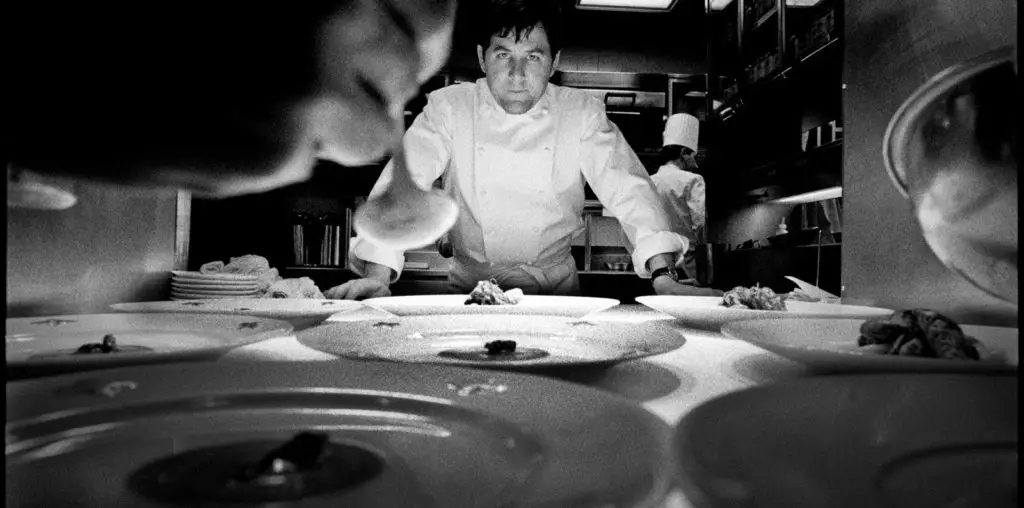
Let’s face it: The documentary is the Debbie Downer of film forms. Over the years they’ve evolved into an information distribution service; a sort of Associated Press for bad news. The networks and great newspapers filled this role in the past but, as we all know, profit-minded corporations have absorbed and gutted them and they no longer have the resources to turn out the in-depth journalism they once did. That job has been outsourced to the independent film-making community.
We’re lucky documentary filmmakers have picked up the slack and taken on the role abdicated by traditional media. The important work once done by H.L. Mencken, Dorothy Thompson and Edward R. Murrow is now ably carried on by advocate auteurs like Alex Gibney, Eugene Jarecki and Davis Guggenheim (Michael Moore shows every sign of having hung up his Tigers cap as a director). Fun fact: Murrow helped pioneer the genre with 1960’s Harvest of Shame, which chronicled the plight of American farm workers.
The crisis explored in A Place at the Table also has its roots in the American farm and agricultural system. Directors Kristi Jacobson (Toots) and Lori Silverbush (On The Outs) aren’t in the same league as the filmmakers in whose footsteps they follow but their subject is as significant as any their work has raised. Employing a mix of talking heads, archival footage, animated infographics and interviews with experts, the pair reveals the scope and causes of the nationwide phenomenon known as “food insecurity.” In a country which produces more than enough to feed all of its citizens, the picture asks, how can it be that 50 million Americans-one in every six-are hungry and have no idea where their next meal is coming from?
The answer, not surprisingly, is a combination of corporate greed and congressional self interest. The government used to subsidize family farms. Now those same tax dollars-$20 billion a year-are gobbled up by “megafarming corporations” making it possible for them to produce the inexpensive processed food which keeps those who rely on it paradoxically undernourished and overweight. The increase in childhood obesity, the picture’s experts explain, is the direct result of financially-challenged families having no choice but to raise their kids on cheap junk food and chips.
The big food producers make sure the money keeps coming while smaller farms that grow healthy foods no longer receive subsidies. One of the film’s illuminating charts offers a hint of their influence: In 2011 gun rights groups spent $5.5 million on special interest lobbying. Labor unions slipped $49.8 million under the table. Agribusiness, on the other hand, invested a staggering $124.7 million to maintain the status quo, a system one of the film’s experts predicts will have consequences far more dire than wider waistlines. “If we don’t change the direction we’re heading,” warns Rep. Jim McGovern (D) Mass, “this generation will be the first to live sicker and die younger than their parents.”
Some of the movie’s most trenchant observations come courtesy of Jeff Bridges, who founded the End Hunger Network 30 years ago. He notes that, while the American government has done little to address the crisis, the American people have responded with enormous generosity (In 1980, for example, there were 200 food banks nationwide; Today there are more than 40,000). He injects a welcome note of levity amid the grimness with the reality check “Charity’s a great thing but it’s not the way to end hunger. We don’t fund our Department of Defense through charity.”
A Place at the Table is a must-see dispatch from the front lines of this struggle. It’s packed with sobering statistics and infuriating facts-among them that 1 in 4 American children is chronically hungry-but, in the end, the actor and veteran advocate best puts the problem in perspective. “If another country was doing this to our kids,” argues Bridges, “we would be at war.”

